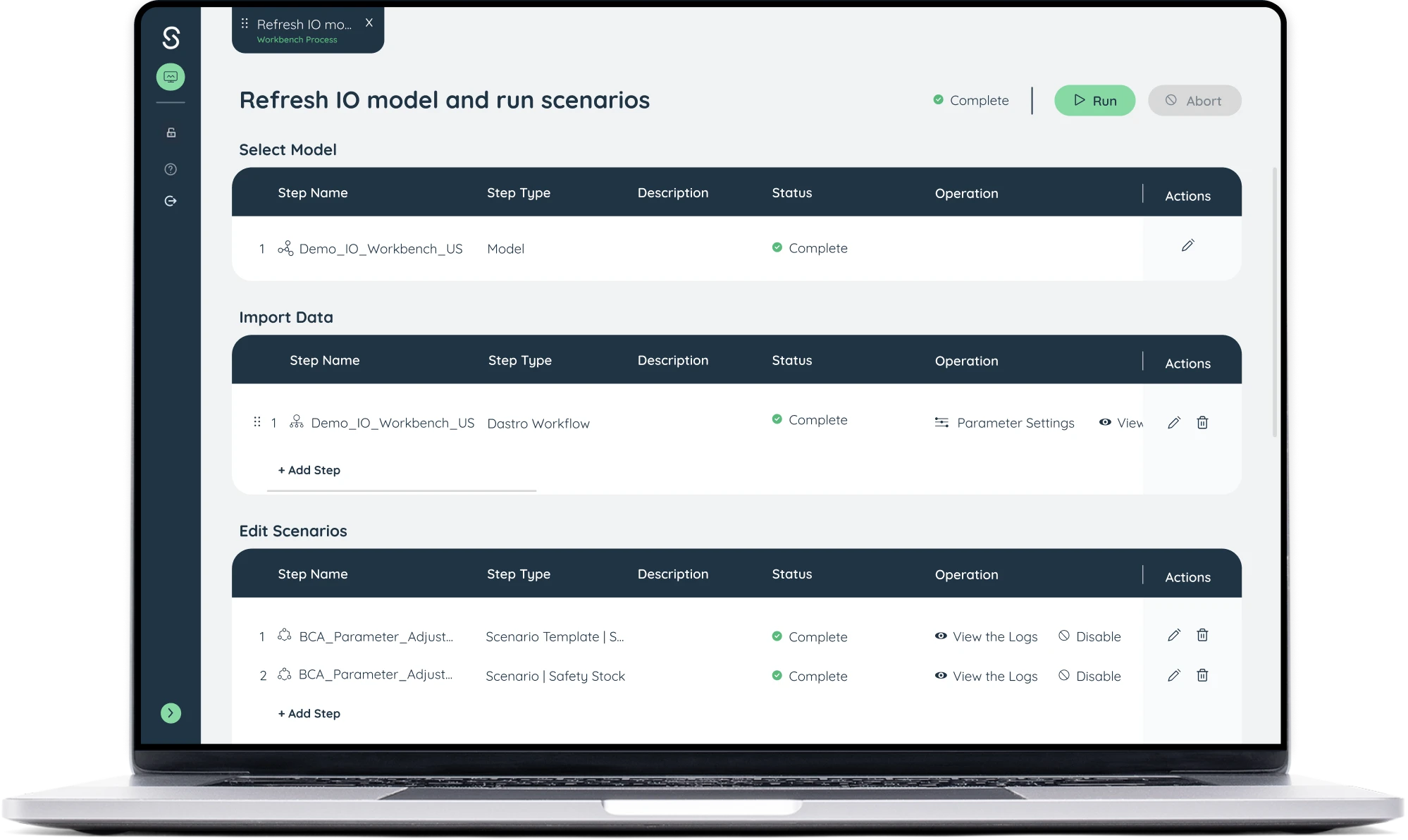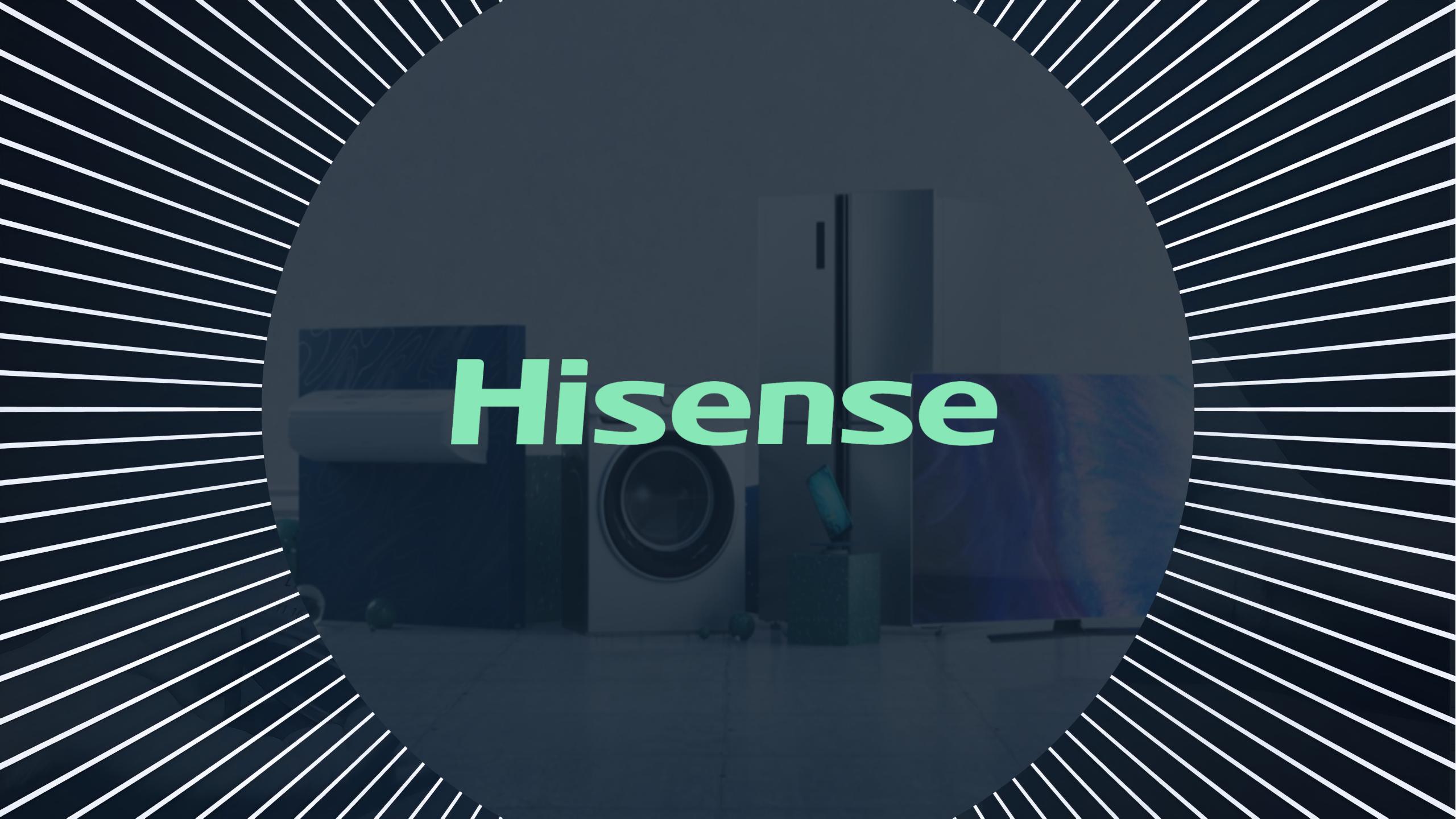Problem Statement
Almost every company with a physical supply chain, which is not a logistics company itself, launches tenders for buying freight space from the market recurringly.
Typically, this process is supported by procurement and/or transport management software. While they may be needed to support the transactional elements of the process, such software do not offer algorithmic capabilities to support the decision-making process.
First, before you even launch a freight tender when is the last time you have checked whether the service areas and the allocation of customer supply points to your DCs is optimal, from cost and service perspectives?
Then, when you put your lanes and expected freight volumes out to solicit bids, you may get various bids from the same haulers at once, as they will be interested in combinations of the lanes and volumes you are looking to buy freight for. How do you then ensure that you cherry pick the least cost combination from potentially hundreds of bids across dozens of haulers?
Solution Statement
Sophus supply chain models provide you with the capability to do all of the above. You can frequently reassess whether your (in- or outbound) product flows and supplier / customer allocations to your sites are service- and cost-optimal. The optimized allocations and forecasted freight volumes by product and asset types then serve as input for freight tenders. The bid selection process itself can then be optimized by ensuring that the least-cost mix of bids are selected from the offers you have received to your tender.










